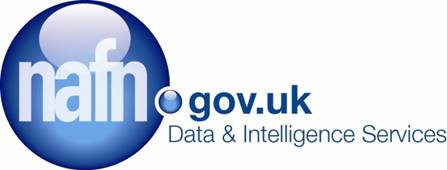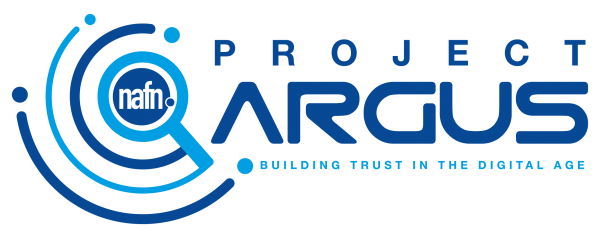We are approaching a critical point in our transformation process – Project Argus – which will see us migrating to the Cloud from an on premise infrastructure.
This is the stage where all the background work – the extensive consultation, mapping, visioning and research – comes into focus as we translate it all into a compelling Invitation to Tender.
Writing an Invitation to Tender is a challenging process, requiring not just a complete understanding of our systems and operations but also input from experts in both subject matter and procurement. Add to this the need to write in a style that expresses who we are, what we do and why we are seeking change, whilst retaining absolute clarity about our requirements; it is fair to say that we have learned a lot.

Here are a few key points we have used to ensure a successful procurement process:
1. Clearly Define the Requirements
Before formulating any questions, it’s imperative to have a thorough understanding of the project’s requirements. Collaborate with relevant stakeholders to gather comprehensive information about the project’s scope, objectives, timelines, and desired outcomes. The clearer the requirements, the more precise your questions can be.
2. Align Questions with Objectives
Each question within the ITT should directly relate to the project’s objectives and requirements. Avoid vague or ambiguous queries that could lead to unclear responses. Align each question with a specific aspect of the project, whether it’s technical, financial, or operational.
3. Use Clear and Concise Language
Clarity is paramount in an ITT. Use straightforward language that eliminates any room for misinterpretation. Avoid technical jargon or industry-specific terms that might not be universally understood. If technical terms are necessary, provide clear definitions to ensure a common understanding.
4. Structure Questions Effectively
The structure of your questions plays a significant role in the quality of responses you receive. Consider using the following structure for each question:
- Context: Provide a brief context for the question, outlining why the information is necessary.
- Question: State the question clearly and concisely.
- Specifics: Detail the specific information or format you expect in the response.
- Criteria: If applicable, specify any evaluation criteria or benchmarks that vendors should address in their responses.
5. Ask Open-Ended and Specific Questions
Open-ended questions encourage vendors to provide detailed and comprehensive responses. Instead of asking yes-or-no questions, inquire about their approach, strategies, past experiences, and proposed solutions. For example, rather than asking, “Can you meet the project deadline?” ask “How do you plan to ensure the project is delivered within the specified timeline?”
6. Seek Evidence and Examples
To evaluate vendors effectively, request evidence and examples that demonstrate their capabilities and experience. For instance, if you’re seeking a vendor’s financial stability, ask for financial statements or references from previous contracts. This approach allows you to assess their suitability based on concrete evidence.
7. Anticipate Challenges
Incorporate questions that anticipate potential challenges or concerns related to the project. This demonstrates foresight and encourages vendors to address potential issues in their proposals. It also showcases your commitment to a transparent and well-prepared procurement process.
8. Review and Refine
Once you’ve drafted the questions, review them meticulously to ensure accuracy, consistency, and relevance. Consider seeking input from colleagues or stakeholders to identify any gaps or areas for improvement. Refine the questions until they accurately capture the project’s requirements and objectives.
Writing good quality questions for an Invitation to Tender is a meticulous process that demands precision, clarity, and alignment with project objectives. By following these steps, you too can create questions that elicit informative and comprehensive responses, enabling you to make well-informed procurement decisions. Remember that a well-crafted ITT sets the stage for a successful collaboration with the chosen vendor.
Follow our progress! Keep an eye on the NAFN portal to stay up to date with all things Project Argus.
NAFN Transformation: Why Project Argus will be a game-changer. – National Anti Fraud Network

